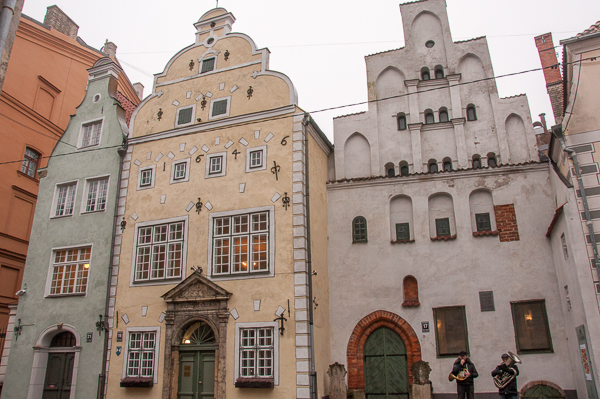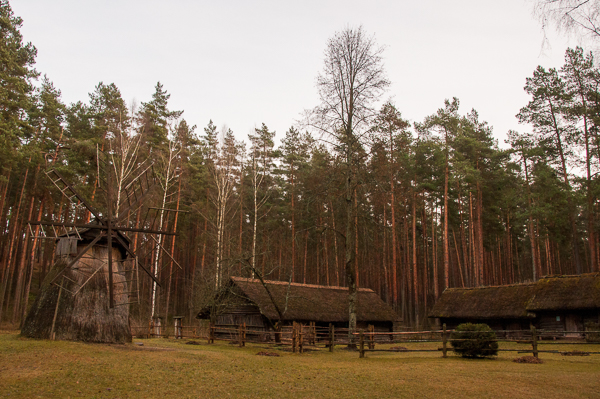I’m currently looking to book a train ticket from Varanasi to Agra in India. The cheapest option is to book directly through the Indian Railway Catering and Tourism Corporation (IRCTC) website. The Man in Seat 61 has an excellent guide on train travel in India. A must read if you are considering purchasing train tickets in India.
For the most part, the process of registering an IRCTC account works fine. I did have an issue with the SMS verification, but managed to complete it successfully after repeated attempts. The following are my observations based on my limited experience with the process:
- I have a UK mobile number and the One-Time Passcode (OTP) arrived within seconds when it did work.
- The OTP code never arrived when viewing the site in English. The first time I received the code, was right after I switched the language to Hindi. If you have used the English version of the site sufficient times, the Hindi version has all the buttons and links in the same layout.
- Keep the OTP verification popup open while waiting for the code. The first time I received the code, I immediately logged out and logged back in after switching the language to English, and the code was rejected. You do not need to understand Hindi to know good and bad.
- There may be a time delay before the system will send another SMS verification. After my mistake with the first OTP, I did not receive any SMS messages despite multiple requests, even in Hindi. I did receive a second OTP after waiting several hours before attempting the verification process again, in Hindi.
Hopefully this may help you, but I may have just gotten lucky.














